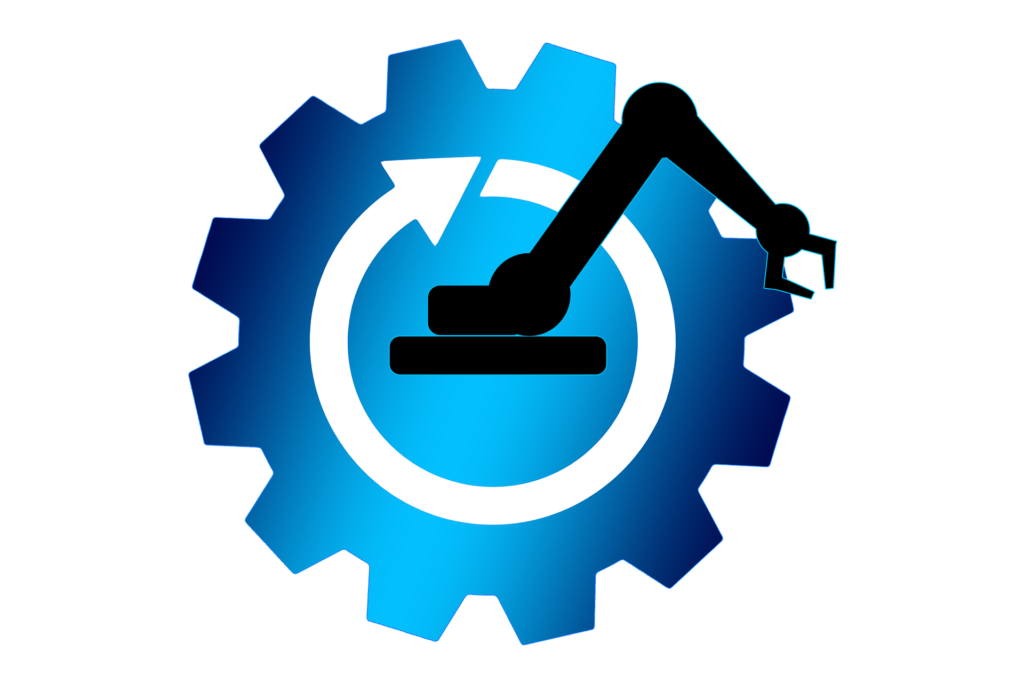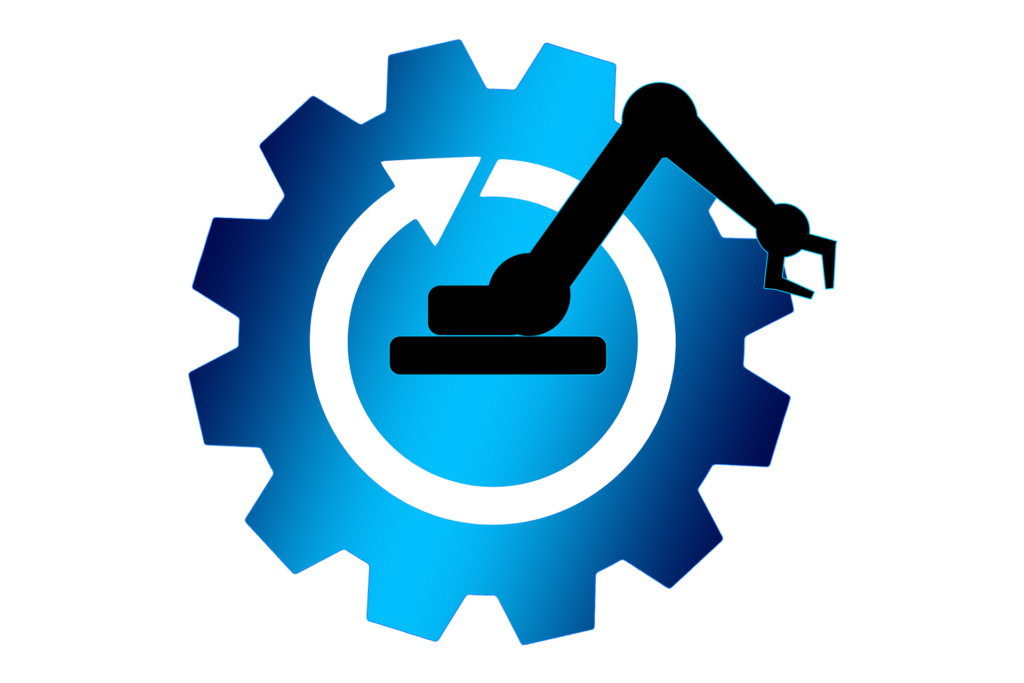Preparing to Integrate IIoT: How can controls, automation, and instrumentation help with integration and use of Industrial Internet of Things (IIoT) technologies? (Part 2)
Blog: Apriso Blog
This is the second of a two-part series on the integration and use of IIoT technology.

Potential Challenges and Hurdles
Integrating
new technologies into existing environments can present unique challenges to
overcome. While connecting legacy equipment
and systems offers potential big benefits and is an important step in the IIoT
initiatives at many industrial companies, the hurdles to implementation can be
notable in the process.
Having said that, many companies are making important strides
in this area. How are they doing it? One of the challenges they faced in the
presence of legacy machines was the lack of connectivity built into legacy
machines. Companies are now adding stand-alone sensors and cameras to existing
environments and devices to monitor and collect data about performance and
health in new ways, like attaching the sensors directly to the existing devices
and connecting new gateways to securely collect and transmit the data, which is
then analyzed and used to help boost various areas of the business while
preventing failure and downtime.
One of the lingering questions being, If legacy machines don’t have sensors and automation controls built into them today, how can they be attached in a cost-effective manner? The following answer would enable teams to begin measuring things like vibration, temperature, climate, dust in the air and other factors that are useful for quality environments where the machines are deployed. Cameras also can play a big role, enabling the monitoring ability of team members through a common platform to tap open a video and get a real-time sense for where a machine is and how the operation is functioning.
Platform Strategies
With the increased integration of global intelligent manufacturing,
companies are turning to IIoT architecture as the core of the platform strategy
to ease integration. Various companies are designing solutions as a three-layer
architecture, offering neither an IIoT platform nor simply an industrial cloud
platform, yet a fully connected system.
● Bottom Layer: this would include various hardware products
with interconnectivity capacity, like gateways and more.
● Intermediate Layer: this would take care of
edge point control.
● Upper Layer: this would comprise various applications,
analytics, and services for decision making capabilities.
The system works together and these three layers are not mutually independent. The reality is that IIoT only can be realized through intercommunication of these three layers regarding information, data, communications, and applications, and in these cases, software platforms at the operating system level are needed to support and connect the three-layer architecture.
Conclusions and Next Steps
As more hardware devices go online, more opportunities abound
for engineers to assist with the integration and novel use of controls,
automation, and instrumentation across industries. Following the simple steps
of assessing company assets and capabilities, to reviewing potential benefits
and ways to ease integration can benefit the whole enterprise.
Feel free to share your ideas in the comments section below. We look forward to hearing about your unique experiences and ideas for the integration of IIoT today.
Continue the conversation by joining our DELMIA Communities on 3DSwYm. Membership is free.
Leave a Comment
You must be logged in to post a comment.








